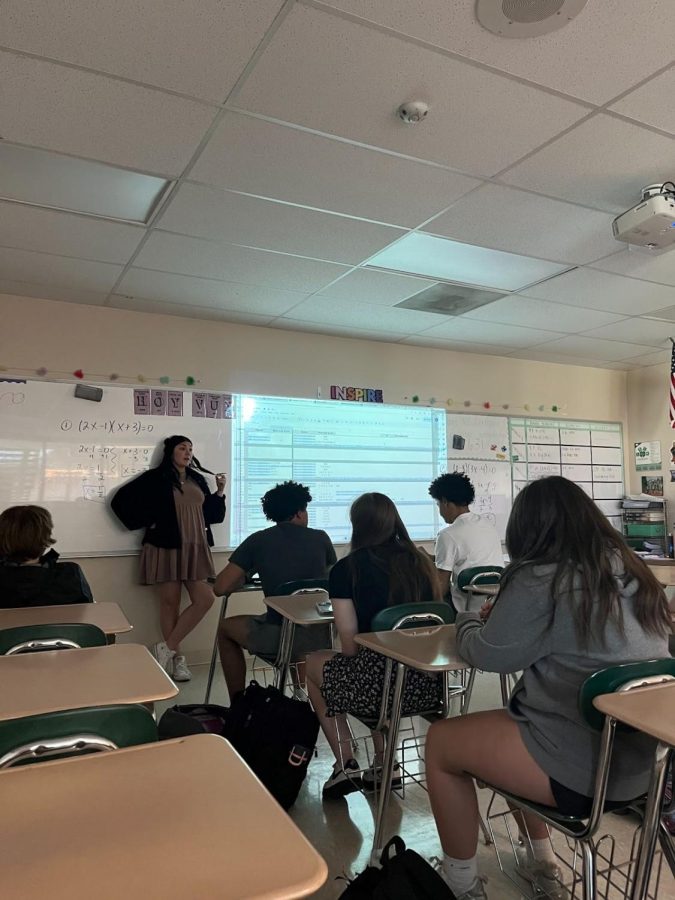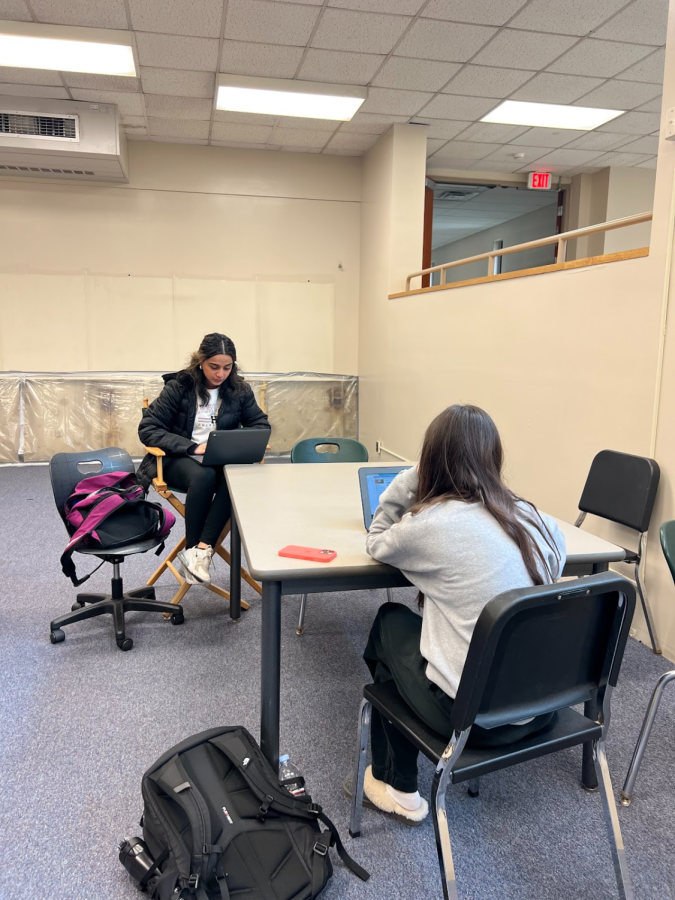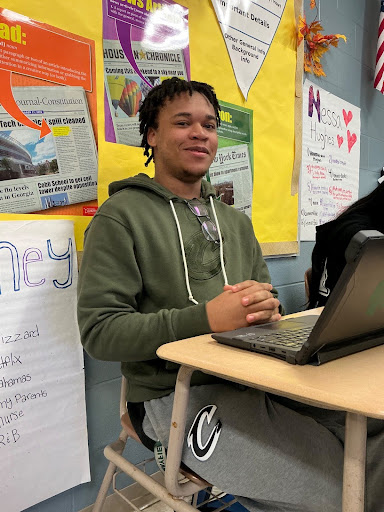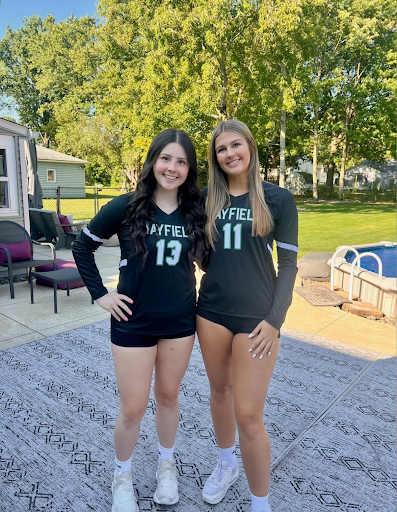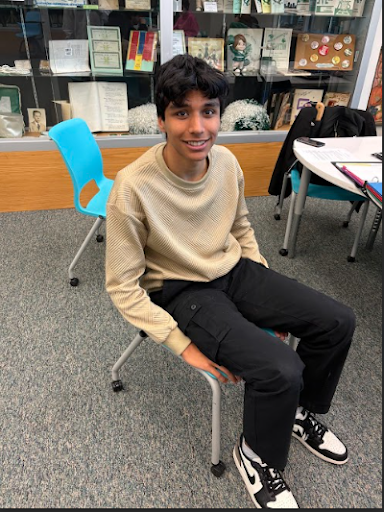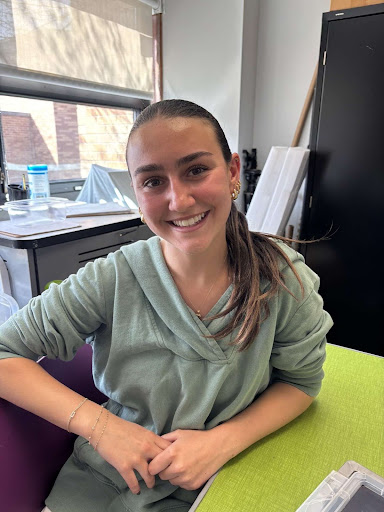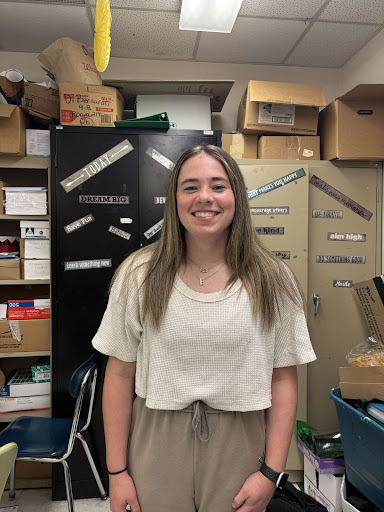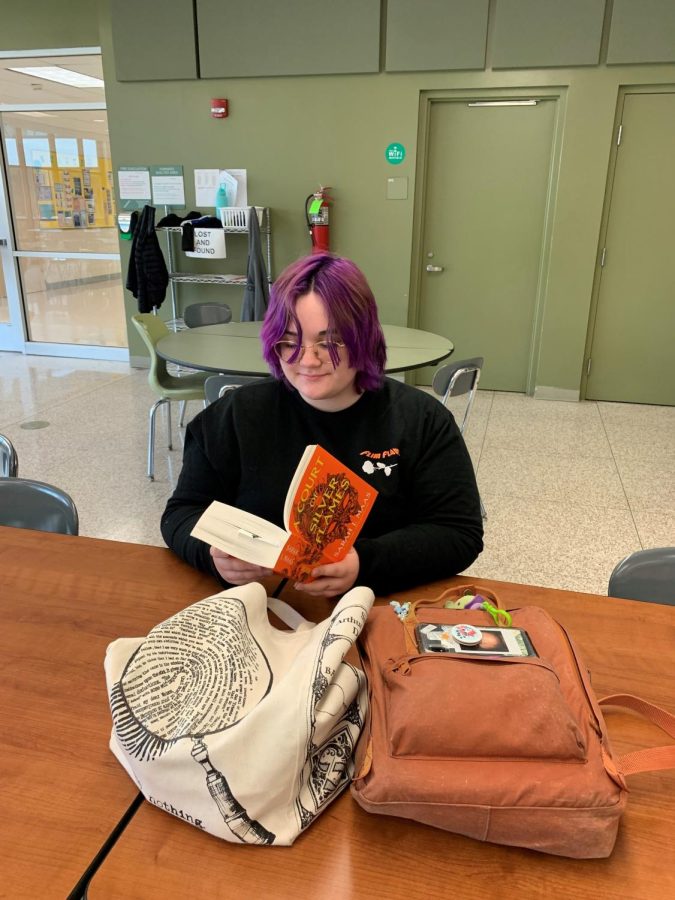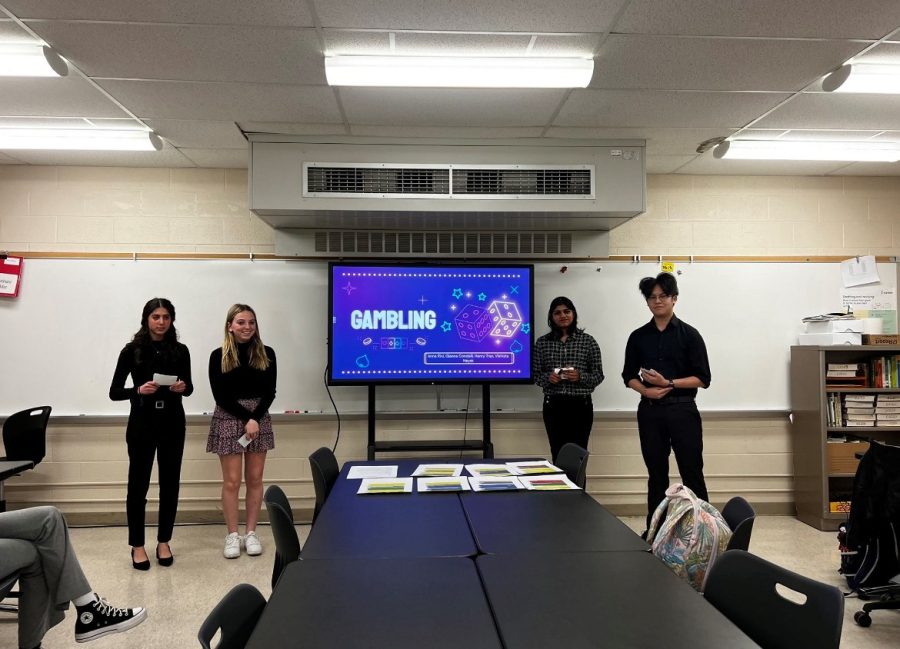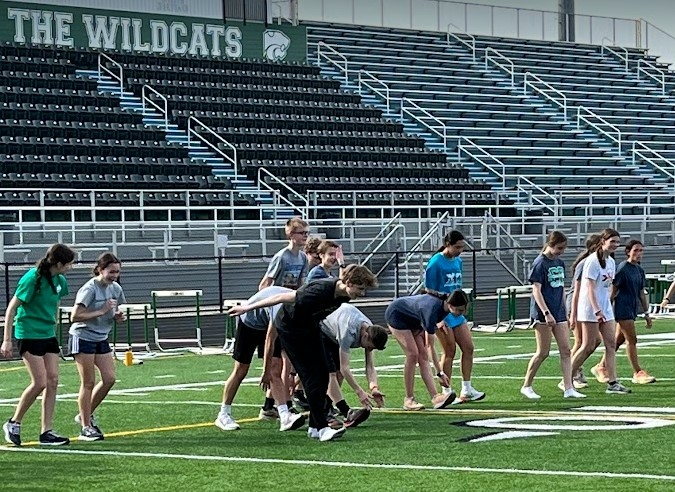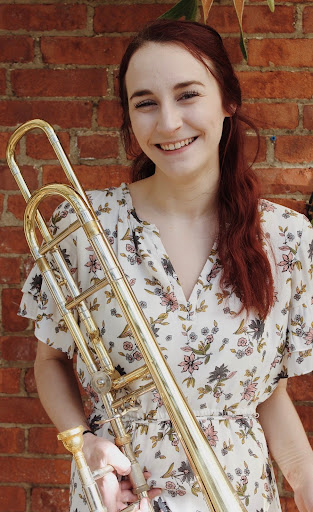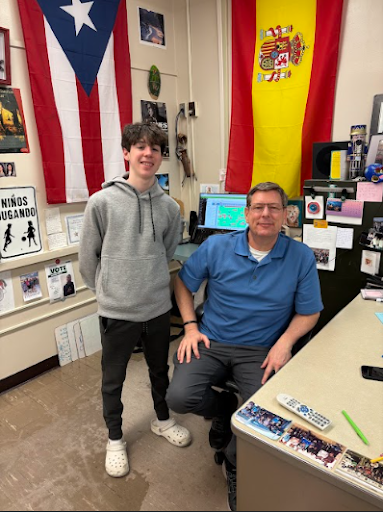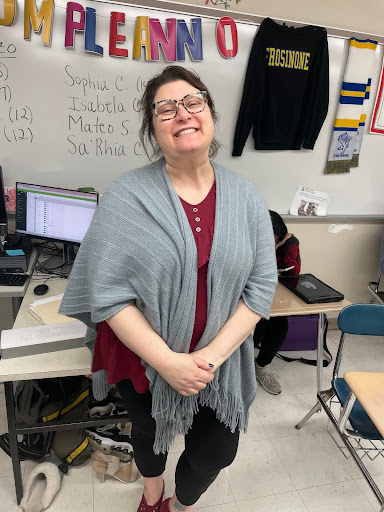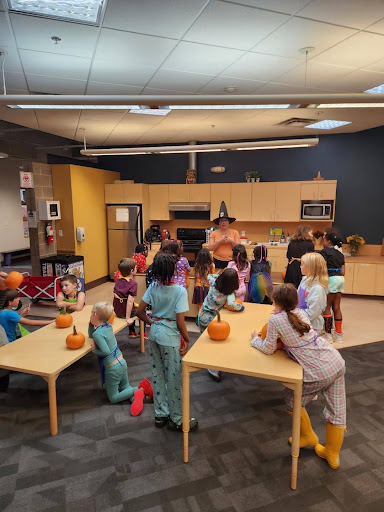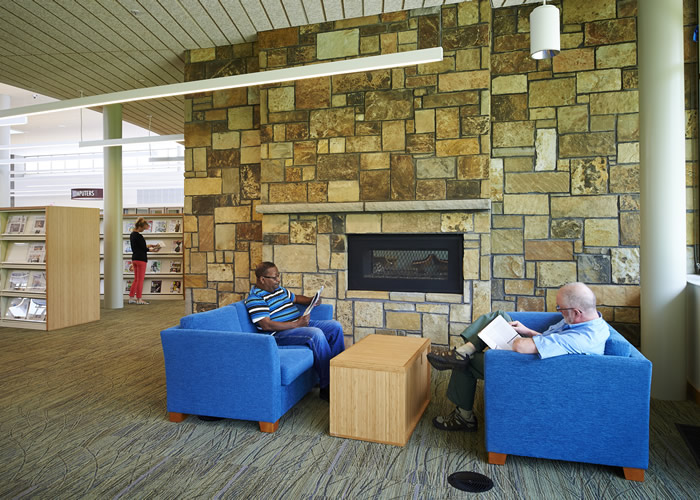Mayfield students speak out about autism

A teacher helps autistic students in the classroom. Photo from the official Organization for Autism Research website
February 26, 2015
Every day, students at Mayfield are taught to appreciate differences, be it through learning about the history of human interactions in social studies classes or bouncing ideas off one another in English or science classes.
With this focus on physical, ethnical, and cognitive differences pervading our minds, it may be easy to overlook a difference that, for some students, may be present right in the classroom itself—specifically, a social difference, in the form of autism.
Autism spectrum disorder (ASD) is a mental condition that becomes apparent in early childhood; its influence falls most heavily on a person’s ability for social interactions and communication.
Approximately 1 in 68 children are diagnosed with ASD.
There is a portion of the Mayfield population that is autistic. The school’s Special Education Department works with these students so they can obtain the education that all students are entitled to.
Kristine Kornblut is one of the Special Education teachers who works with ASD students.
“[Autistic students] can be in general education classes or in self-contained classrooms. [Special education teachers] are present in general education classes to provide assistance for them,” she said.
Perhaps one of the biggest obstacles facing students with autism is the difference in the speed at which they can process information, compared to that of a person without autism.
Multiple MHS autistic students have recognized the complications of this.
“I think more visually in pictures and it takes me longer to process things than a regular person,” one 18-year old male student said.
Another student, a 17-year old female, recommends that teachers “spend more time with students with autism and make sure they get it.”
The slower processing of information in people with autism contributes to the difficulties they have in communications and social situations because it makes it challenging for them to pick up on social conventions or cues.
Autism also is characterized by a high level of sensitivity. One 15-year old student said, “Changes make me behave differently.”
Sometimes, subtle differences in an environment could be enough to trigger some reaction in people with autism. A change in texture of an object, the sound of music playing when it usually isn’t there—all of these could cause problems for autistic students.
With the presence of slow processing and hypersensitivity ingrained within them, autistic students do face many challenges in a learning environment. However, their abilities are not to be underestimated.
“[Autistic students] are very capable, we just have to learn the best way to communicate with and educate them because each student is very different,” Kornblut said.
Students with autism are all different from one another, but so are students without autism. Collectively, all students are a part of the same school community, regardless of their differences.
When asked what the best thing anyone could do or say for him was, the aforementioned 18-year old male student said, “You are a really hard worker and a good person, and I don’t care that you’re autistic.”
Despite the obstacles they have to confront, students with autism come to school every day to learn with all the other Mayfield students. They’re students that come for knowledge and experience. They’re students who, above all, are searching for acceptance—just like the rest of us.



